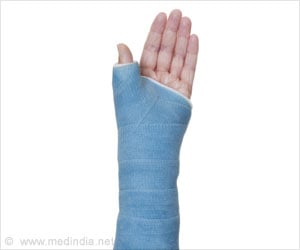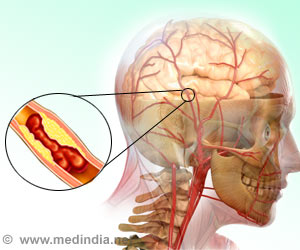One of the largest studies of devices known as bone-assisted hearing aids or BAHAs has found that a device that transmits sound from the mastoid bone behind the ear may improve hearing by as much as 50 percent in people with hearing loss.
"This is a very important technology for a number of patients who have difficulty hearing," Discovery News quoted Daniel Lee, a doctor at the Massachusetts Ear and Eye Infirmary in Boston, Mass., who was not involved in the study, as saying."Patients are getting better choices for improving their hearing," said V. Suzanne Jeter, a researcher at Loyola University who presented the study at the 10th International Conference on Cochlear Implants and Other Implantable Auditory Technologies in San Diego.
BAHAs have been used for years to restore hearing to patients who suffer from outer and middle ear problems like tumors, chronic infection, congenital disorders and other problems that stop sound from entering the inner ear.
Unlike cochlear implants, the device cannot help deaf patients whose inner ear, which contains three tiny bones that contribute to hearing, has been damaged or destroyed.
Deaf patients sometimes use cochlear implants, which electrically stimulate the nerve leading from the ear to the brain, to regain hearing. Instead, BAHAs mechanically vibrate the bone that then stimulates the intact inner ear, triggering a nerve impulse that then travels from the ear and into the brain.
In order to implant the device simple surgery is required.
Advertisement
Over the next three to six months the bone grows into the screw, locking it into place.
Advertisement
When the microphone picks up sound, the sound processor creates a series of mechanical vibrations that travel through the screw, into the mastoid bone and then into the inner ear.
Source-ANI
RAS/L











